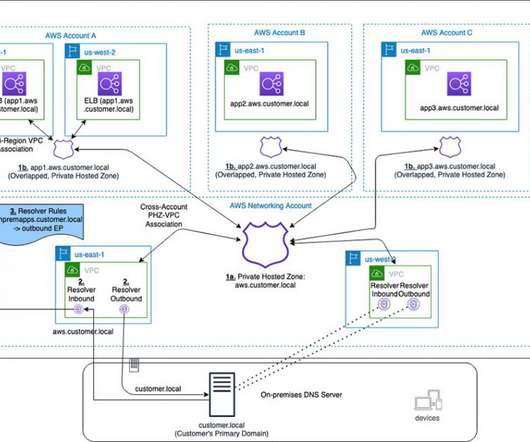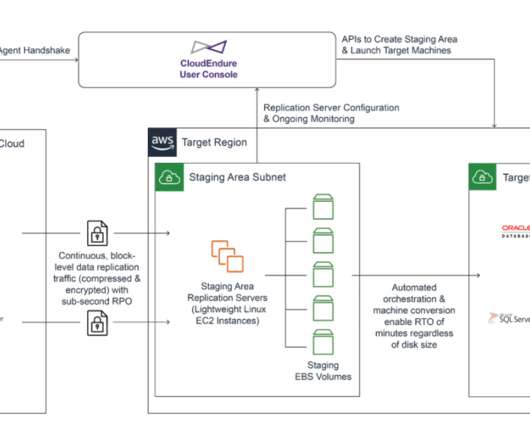Using Route 53 Private Hosted Zones for Cross-account Multi-region Architectures
AWS Disaster Recovery
JANUARY 20, 2021
This post was co-written by Anandprasanna Gaitonde, AWS Solutions Architect and John Bickle, Senior Technical Account Manager, AWS Enterprise Support. Many AWS customers have internal business applications spread over multiple AWS accounts and on-premises to support different business units. Architecture Overview.











Let's personalize your content